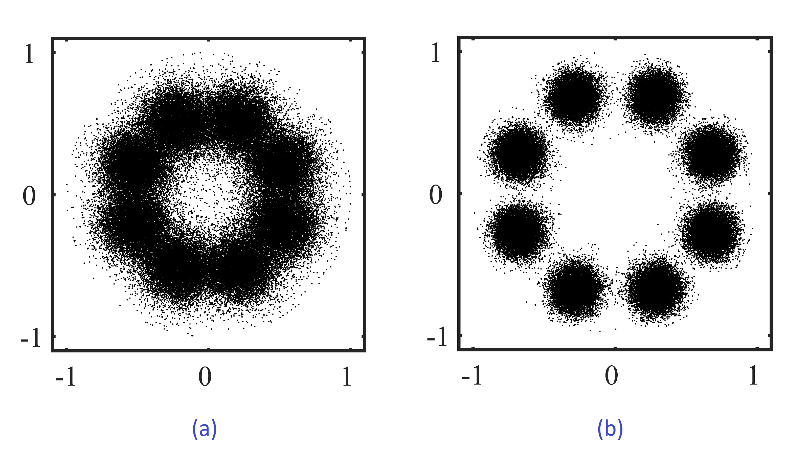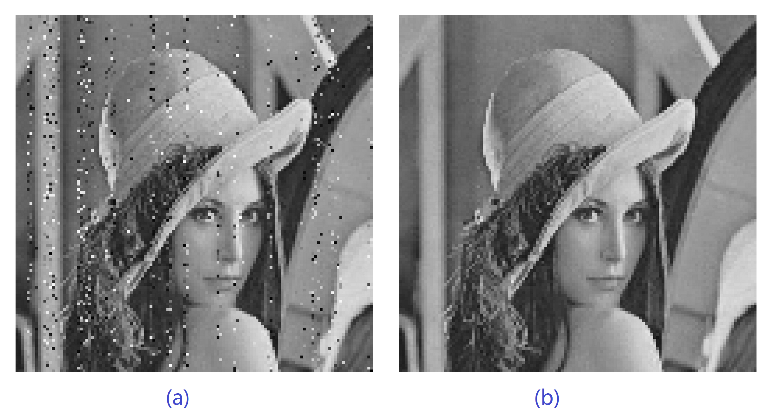Equalizer, which is usually adopted to cancel the inter-symbol interference caused by the multipath effect, is recognized as a key technique to achieve underwater acoustic communications with long transmission range and high data rate.
In recent years, the direct-adaptation based turbo equalizer (DA-TEQ) has been widely studied for underwater acoustic communications due to its simple implementation and low computational complexity. However, the performance of this equalizer is extremely limited by the convergence behavior of the adaptive algorithm. Therefore, it may suffer from error propagation effect and exhibit less robustness in the fast time-varying underwater acoustic channel.
To solve this problem, researcher YAN Shefeng and his team from the Institute of Acoustics (IOA) of the Chinese Academy of Sciences applied the bidirectional structure to the direct-adaptation based turbo equalizer, and proposed a novel bidirectional combining scheme, which is suitable for turbo equalization systems with high-order modulations.
The paper entitled “Direct-Adaptation Based Bidirectional Turbo Equalization for Underwater Acoustic Communications: Algorithm and Undersea Experimental Results” was published online in the Journal of the Acoustical Society of America.
With the aid of time reversal operations, researchers combined a forward direct-adaptation based turbo equalizer with a backward one, and derived the weighting factors for bidirectional combining by using the minimum mean squared error criterion.
Due to time reversal operations, the decision errors in the outputs of these two equalizers propagate in opposite directions, and exhibit different patterns and locations. Furthermore, because of the low-correlation property between the decision errors of the opposite-direction equalizers, combining them together could harvest diversity gain and suppress error propagation effect, thus improving symbol detection performance.
To test the proposed scheme, researchers launched an undersea experiment at the coast of Jiaozhou Bay, in March 2017. Researchers transmitted a black-and-white picture with 128×128 pixels through underwater acoustic communication technique, and achieved error-free detection in the condition of 12-kbps data rate. The constellation of the bidirectional scheme showed tighter grouping and better convergence than that of the single-direction one, and the corresponding final detected picture was also clearer.
Bidirectional structure is a simple and effective means to alleviate the slow-convergence problem and error propagation effect of the direct-adaptation based equalizer. It has robust performance in not only the single-input multiple-output systems, but also the single-input single-output systems, which could provide some inspirations for receiver simplification and real-time applications in underwater acoustic communications.

Figure 1. Constellation comparison between (a) the single-direction and (b) the bidirectional schemes. (Image by IOA)

Figure 2. Detected picture comparison between (a) the single-direction and (b) the bidirectional schemes. (Image by IOA)
Reference:
XI Junyi, YAN Shefeng, XU Lijun. Direct-Adaptation Based Bidirectional Turbo Equalization for Underwater Acoustic Communications: Algorithm and Undersea Experimental Results. the Journal of the Acoustical Society of America, 2018, 143(5): 2715-2728.DOI:10.1121/1.5036730.
Contact:
WANG Rongquan
Institute of Acoustics, Chinese Academy of Sciences, 100190 Beijing, China
E-mail: media@mail.ioa.ac.cn